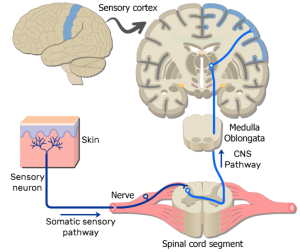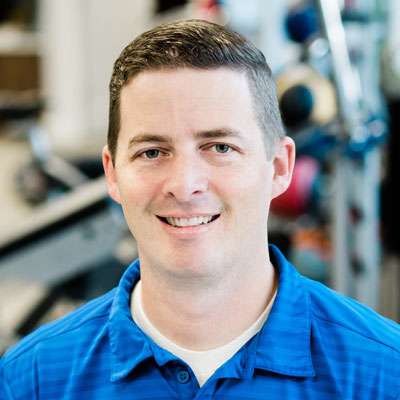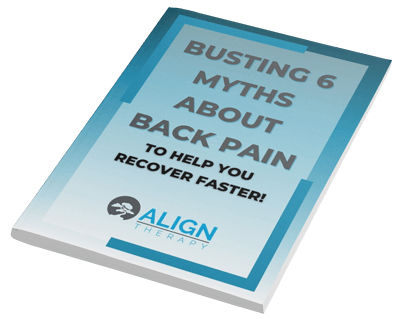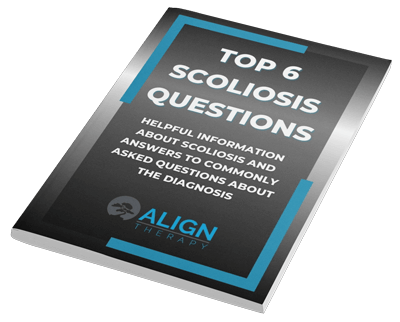My name is Bryan Smith, and I’m currently a physical therapy student at Rocky Mountain University of Health Professions in Provo, UT. I’ve had the opportunity to receive part of my education at Align Therapy in Lehi, UT, and let me tell you that this is a great place!
You will not find more dedicated therapists than Dave, Korey, and Char! They are helpful, knowledgeable and will do all they can to help you get back to your best self! But what will they even do, and what’s physical therapy going to do to help you get rid of this pain you’ve been feeling for so long? Those are great questions – keep reading, and I hope to answer those for you!
HOW DOES PAIN WORK?
Our brain is the data center and it never stops interpreting signals that come from the body whether they are good or bad. The only problem is that there is no one “pain center” in the brain. It is sensed and interpreted everywhere – in the place that retains memories, in the place that regulates emotions, or the place that tells your body to move for example.

Before we get into the nitty-gritty of physical therapy treatments, I want to talk about what pain is first. When we think of pain, we think of lots of different things – getting stung by a bee, touching a hot stove (by accident, I hope), or even rolling an ankle are all examples of painful experiences. All pain we feel are messages from the brain that it deems as dangerous.
Our fingers, after touching a hot stove, will send a signal to the brain saying that the temperature is increasing too much for the skin to handle. The brain will recognize that as abnormal, tells your fingers that this temperature increase is painful and to get off the stove. This is a good example of how our body can respond in painful situations.
In certain cases, our brains become overactive. It could take something that shouldn’t feel painful and turn it into the worst pain ever imaginable. Have you ever felt pain just thinking about moving? Or maybe you have experienced the same sensation of touching the hot stove, even if it’s not on because last time you touched it, it burned your finger. This is where chronic pain starts to come into play.
LET’S TALK ABOUT CHRONIC PAIN
Chronic pain – this is pain that is experienced for a long time (months to years). You’ve probably heard your doctor throw this phrase around. You might have even said this yourself! Chronic pain is our body’s constant interpretation of pain – real pain!
But this pain doesn’t always mean there is something damaged in your body. Our brain senses “danger,” but that doesn’t mean that there is “damage.” It could be our body’s association of a painful situation. It could be fear of an unnatural sensation. Basically, it is our brain’s interpretation.
Think about the stove-top finger burns I talked about earlier. Think about how the next time you looked at a stove after burning your finger, it almost seemed like you could feel the heat on your finger again. That’s because your brain now interprets that “danger” as painful. It could be months after a burnt finger, and your brain would still sense that.
If you’re reading this, you probably have already learned that stoves are hot and shouldn’t be touched mostly due to your age and ability to read, so let’s put this into the perspective of a reason you could be coming in for physical therapy.
LOW BACK PAIN EXAMPLE
I worked with a patient previously who had been experiencing back pain for years. They initially injured it while playing sports. They had done all different kinds of treatments (chiropractic, massage) to get rid of their back pain, but all of them never seemed to last, and they’d still end up with the same low back pain – especially when they went back to playing that same sport.
It came to a point where they thought it was something very serious so they had X-Rays and MRIs done – all revealing that there was nothing wrong (no damage) and were told that “they shouldn’t be feeling any pain.” But they were still feeling pain. At Physical Therapy, we initially checked to make sure there were no serious injuries. Finding none, we treated some deficits that we saw like core weakness.
We eventually came to learn that their back pain had begun to become associated incorrectly (similar to the stove example) with any kind of physical activity – even standing up and sitting down. The patient had no idea that this was what they were experiencing, they just knew their back hurt when they moved.
Now, I don’t want it to seem like once we found this out, their back pain magically went away. Not so, we worked on helping them understand the triggers of their back pain and the movements they did that caused pain. Once we understand what the root of the pain was, we could help design an exercise plan and progress it according to their improvements.
SO WHY PHYSICAL THERAPY?
Ok, back to the original question – how will Physical Therapy help me with my chronic pain? Physical Therapists are great at recognizing deficits and abnormalities in how somebody moves – we’re movement specialists! A lot of the time, the cause for the abnormal movements is due to pain.
If we can fix the way you move, we can fix the pain. The pain however, isn’t always in the bones or muscles. It could be an incorrect association – that results in real pain. It will involve recognizing triggers (movements/mechanisms) that cause pain and slowly regressing the severity of the trigger so that you can get back to your regular activity levels.
HOW SHOULD I PREPARE FOR MY VISIT?
First things first, know that you will be in good hands. The therapists you see are well-trained and will help you to properly understand the reason for your pain. Here are a list of other things that will be helpful in helping us to understand your pain:
- Triggers – when do you experience the pain (movements, even emotions)
- Activities you can’t do now that you’d like to
- Goals for therapy
Knowing these three things will help us know how to best treat you, the patient.
Thank you for reading this post, I hope that you will be able to find the relief you’re looking for with physical therapy. The people at Align Therapy know what they’re doing when it comes to treating pain. You will be in great hands.
Bryan Smith, SPT



